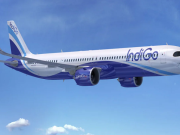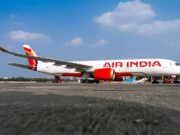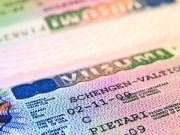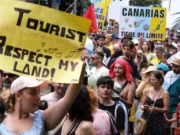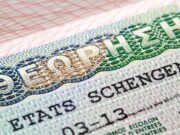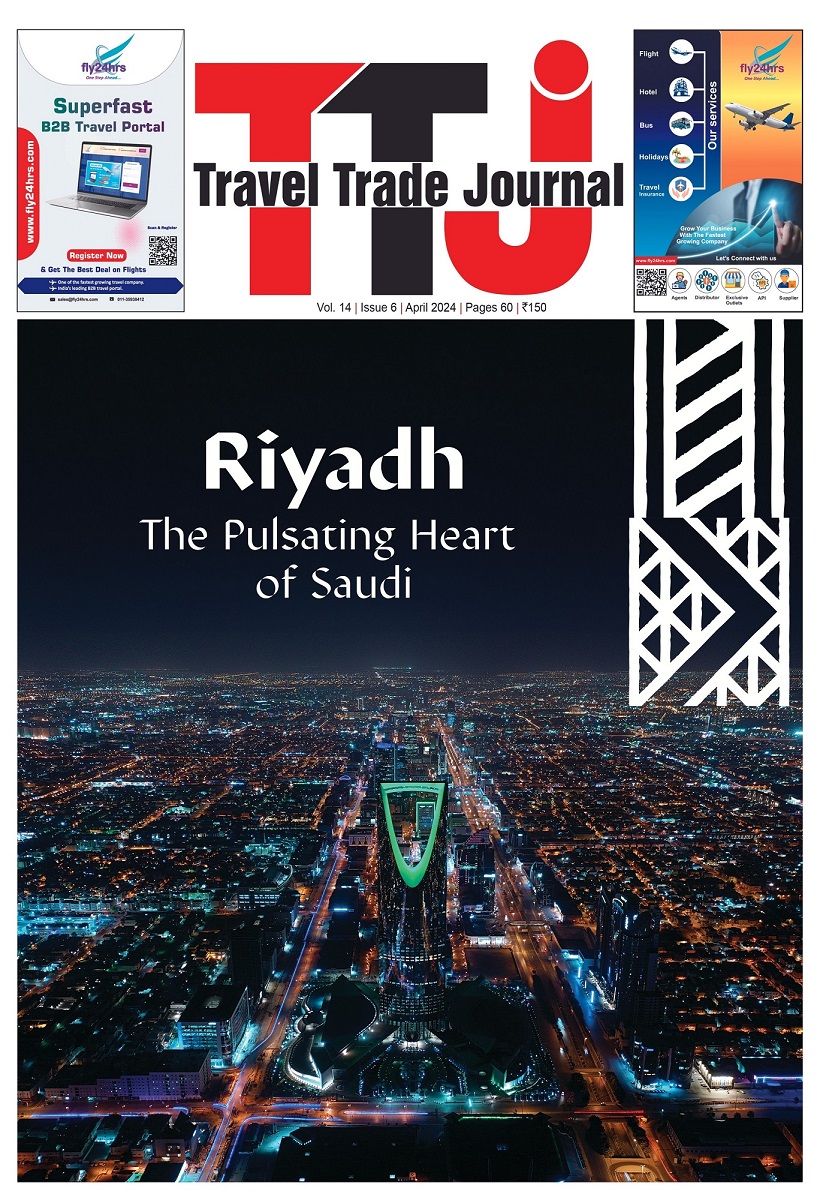Key stakeholders in the tourism and travel industries have agreed to partner in order to significantly resuscitate the sectors which have been adversely affected by the restrictions occasioned by the Covid-19 pandemic.
During a consultative forum hosted by the African Travel & Tourism Association (ATTA), the stakeholders who included the Kenya Tourism Board (KTB), Kenya Airways (KQ), Kenya Civil Aviation Authority (KCAA) and the tourism sector umbrella bodies under the Kenya Tourism Federation (KTF), agreed to correspondingly promote synergies between government and the private sector to enhance tourism and travel in the country and beyond the borders.
Kenya has a large membership in ATTA which is a member-driven trade association that promotes tourism to Africa from all corners of the world. The association which has 600 members in Africa and 90 in Kenya serves and supports businesses in Africa and represents buyers and suppliers of tourism products across 21 African countries.
Nigel Vere Nicoll, President, ATTA, said, “Tourism and Aviation are sectors that are symbiotic and need each other to fully thrive. We have met to ensure that we come up with solutions and a standard way of operating in terms of the safety protocols and also come up with ideas that can propel travel to Kenya. We all need to partner to have the “Karibu Kenya” message to the world as well as create confidence that Kenya is open and safe for travellers.”
In November of 2021, Kenya Airways partnered with the KTB to promote Kenya as a tourist destination internationally and locally through the branding of KQ assets creating visibility of the destination in the airline’s network of 41 destinations. Earlier in the same year low-cost carrier Jambo jet partnered with KTB to promote the destination to domestic and regional travellers.
Dr Betty Radier, CEO, Kenya Tourism Board, said, “We cannot emphasise the role of synergies and partnerships enough as we work towards the re-start of tourism. We must continue to take advantage of the new opportunities in travel and also look out for emerging trends. For instance, the pandemic period gave us an opportunity to enhance our tourism offering a good example being the Magical Kenya Signature Experiences (MKSE). We have also been able to participate in forums and expos which indicates that preparations for a comeback are in top gear.”
Gilbert Kibe, CEO, KCAA, said that aviation and tourism are and will remain key partners because they are interconnected, adding that air transport is a great enabler for tourism and links people with the destinations of their choice.
“Air travel facilitates trade and tourism among other sectors that drive economies. When there are restrictions or disruptions to air transport business tends to suffer and all sectors are unable to thrive. Kenya is lucky because our capital Nairobi is a hub for many airlines and the people are peaceful and hospitable, these are some of the areas we are leveraging on to grow the sectors” said Kibe.
Allan Kilavuka, CEO, Kenya Airways said that the tourism, hospitality, and aviation protocols have been important because they encouraged travel amidst many adjustments that the airline industry has experienced. He pointed out that it would also be important for the sector players to learn from other destinations and airlines to remain competitive. Kilavuka also noted that the forecast for summer looked promising but would not hit the 2019 numbers.
Fred Odek, Chairman, Kenya Tourism Federation (KTF), lauded the collaboration between government and the tourism private sector at a time when the pandemic has changed a lot of the business processes in a bid to curb the pandemic,
During the pandemic in 2020, the sectors synergised to create the health and safety protocols that have guided operations in tourism and air travel. In the same year, the destination received the WTTC Safe Travel Stamp in recognition of the implementation of the global health and hygiene standardised protocols. In 2021, the protocols were reviewed and standardised to suit the current scenarios.





